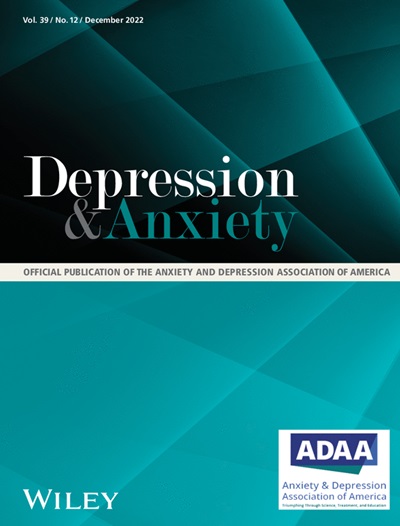Autistic Traits and Social Anxiety in Chinese College Students: The Longitudinal Mediating Role of Rumination
Abstract
Background
Autistic traits (ATs) and social anxiety (SA) are closely associated; however, few studies have investigated the potential mediating mechanism of this relationship using longitudinal data. This study examined: (1) the developmental trajectories of ATs, rumination, and SA among college students; (2) whether the baseline levels of ATs predicted the developmental trajectories of SA; and (3) whether the trajectories of rumination mediated this longitudinal association.
Methods
This study enrolled 397 college students to complete Broad Autism Phenotype Questionnaire, Discriminative Response Scale, and SA Disorder Dimension three times over the course of a year. Three unconditional latent growth models (LGMs) were first used to explore the trajectories of ATs, rumination, and SA, respectively. Then, a conditional LGM was used to examine the direct longitudinal association between ATs and SA. Finally, a structural equation model was further used to examine the longitudinal mediating role of rumination between ATs and SA.
Results
For college students, ATs remained relatively stable, whereas rumination and SA declined across the study period. Furthermore, ATs positively predicted the intercept of SA (β = 0.66, p < 0.001), and negatively predicted the slope of SA (β = −0.29, p < 0.001). More importantly, higher baseline levels of rumination mediated ATs on the baseline value of SA (0.14, 95% confidence interval [CI] [0.08 0.22]), and slower rates of decline of rumination mediated ATs on the change in SA (−0.15, 95% CI [−0.46 −0.01]).
Conclusions
These results indicate that college is a critical period for the abatement of rumination and SA. Furthermore, rumination might be one of the mechanisms underlying the link between ATs and SA. Interventions to prevent the negative impact of ATs might help to decrease the risk of rumination and SA in the college students.


 求助内容:
求助内容: 应助结果提醒方式:
应助结果提醒方式:


